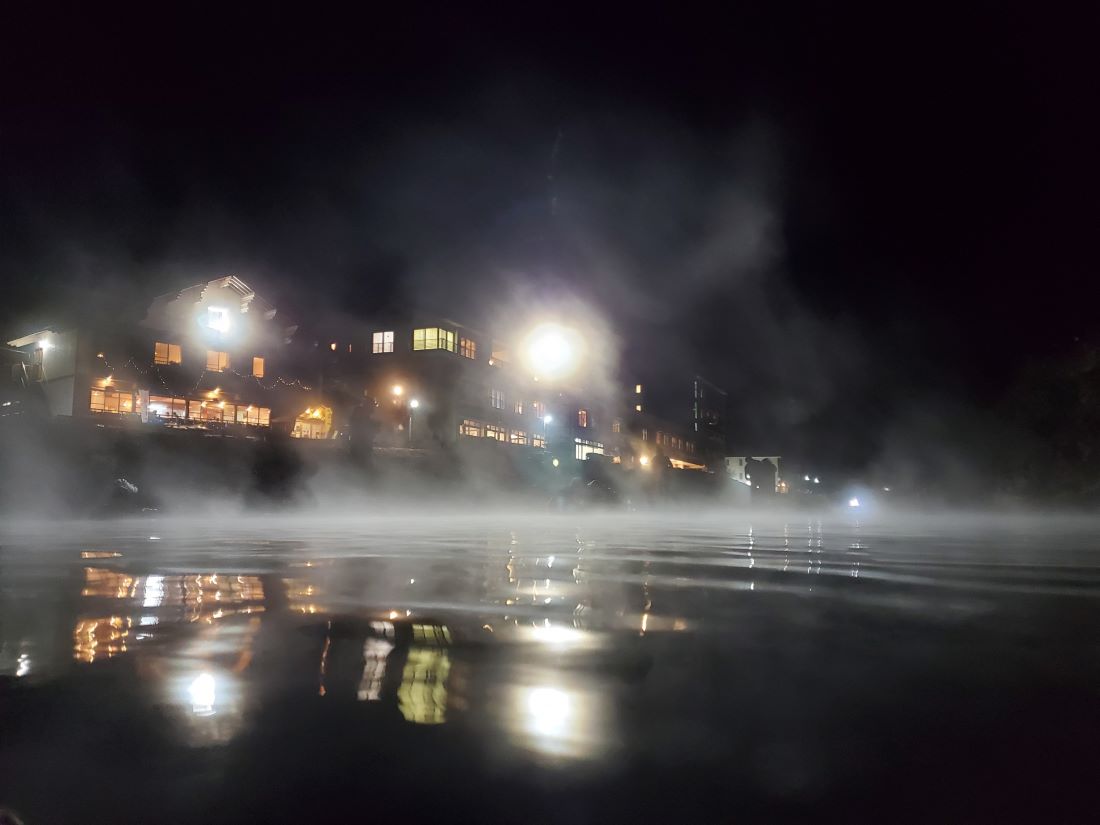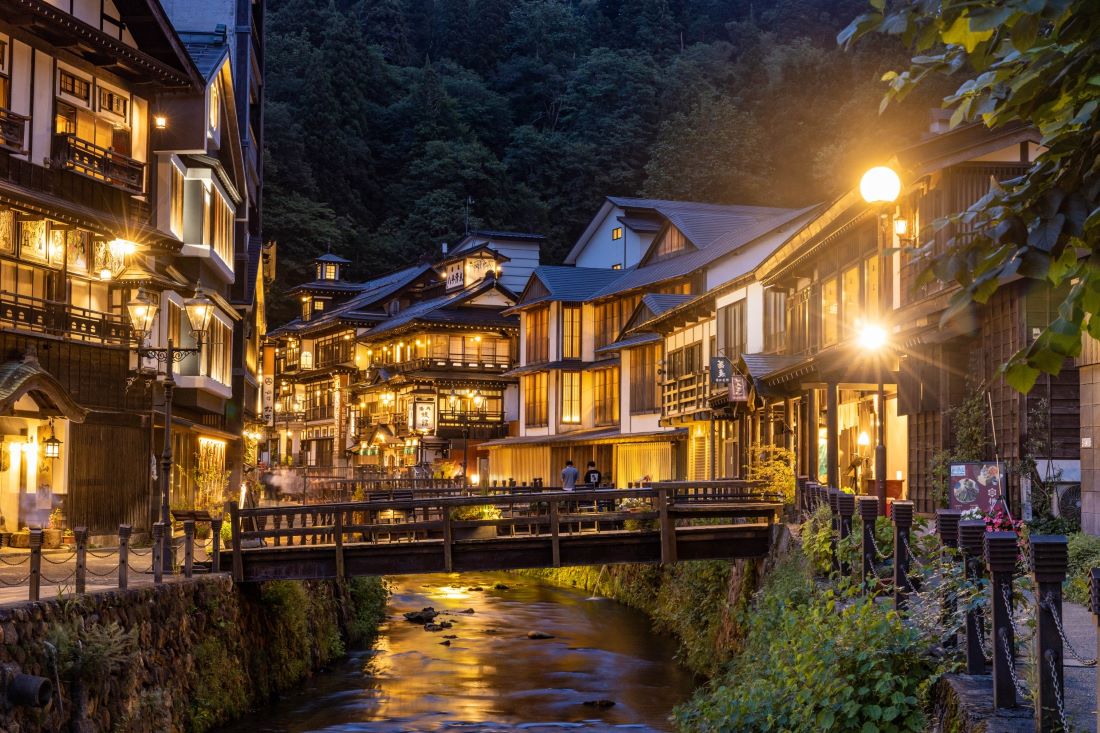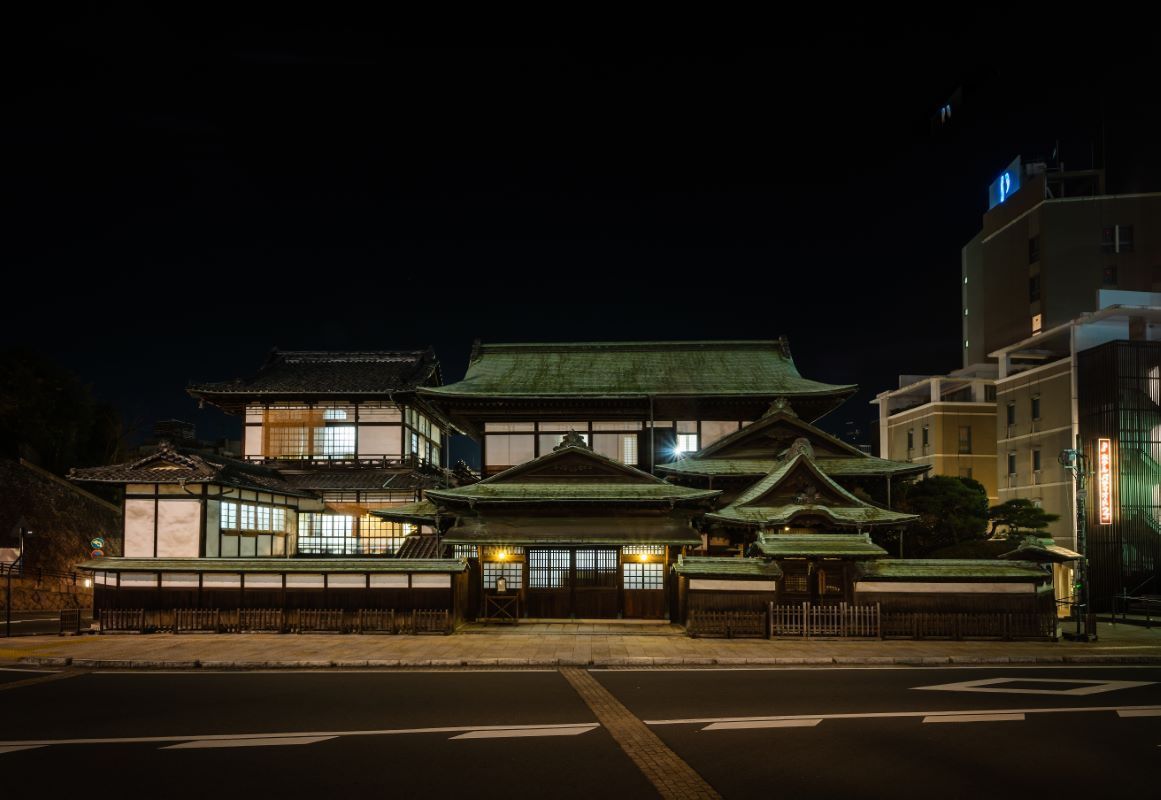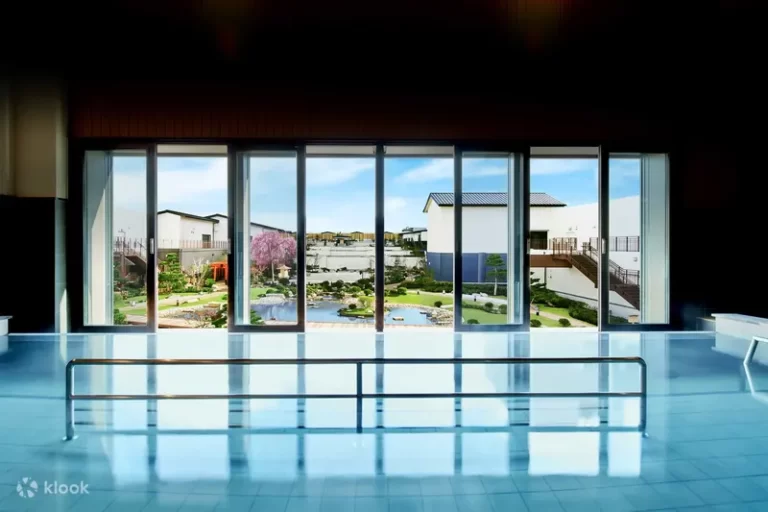Onsens, or Japanese hot springs, are a beloved part of Japanese culture and a must-visit destination for locals and tourists alike. These natural hot springs are known for their relaxing waters and are steeped in tradition, making them a unique and fascinating experience for visitors to Japan.

Onsens are typically located outdoors, although many inns now have indoor facilities as well, and can be found throughout the country in various resort towns.
While visiting an onsen can be a wonderful and rejuvenating experience, it’s important to be aware of the dos and don’ts of onsen etiquette. For example, swimming, jumping, and other similar activities are not allowed in the onsen, and bathers are expected to be considerate of other patrons. When entering the bath, it’s customary to begin by slowly dipping your toes in the water to avoid rapid changes in body temperature and blood pressure.
What are Onsens?

Onsens are traditional Japanese hot spring baths that are believed to have healing properties. These baths are an important part of Japanese culture and are known for their therapeutic benefits. Onsens are often located in picturesque natural settings, such as mountains, forests, or near the sea.
The water in onsens comes from geothermal springs and is rich in minerals such as sulfur, calcium, and magnesium. The temperature of the water can range from warm to hot, and it is said that soaking in the water can help relieve stress, improve circulation, and alleviate muscle and joint pain.
Onsens can be found throughout Japan, and there are many different types of onsen baths, including outdoor baths, indoor baths, and mixed-gender baths. Some onsens are attached to ryokans, which are traditional Japanese inns, and offer a complete cultural experience for visitors.
It is important to note that there are certain etiquette rules that visitors must follow when visiting an onsen. For example, visitors must thoroughly wash their bodies before entering the bath, and tattoos are generally not allowed due to their association with the Yakuza, a Japanese organized crime syndicate.
History of Onsens

Onsen, or hot springs, have been an integral part of Japanese culture for centuries. The earliest records of onsen use date back to the 6th century, where they were used for purifying rituals in the Shinto religion and enjoyed by emperors.
The onsen culture continued to evolve over the centuries, with mixed-sex baths known as konyoku onsen being commonplace across the country. However, this changed in the 20th century as Westerners arrived in Japan and perceived mixed-baths as crude. The Meiji government began segregating public baths, leading to the decline of konyoku onsen.
Despite this shift, the popularity of onsen continued to grow. The naturally heated spring water is said to have healing powers due to its mineral content, and onsen were built throughout Japan to take advantage of this natural resource. Traditionally, onsen were built outdoors, but in recent years, more indoor onsen have been built at newer establishments.
Types of Onsens

Onsens come in many types and shapes, including outdoor and indoor baths. Baths may be either publicly run by a municipality or privately, often as part of a hotel, ryokan, or bed and breakfast. Here are some of the most common types of onsens:
- Sulphur onsen: These onsens are rich in sulfur and have a distinct smell. They are believed to have healing properties for skin conditions such as psoriasis and eczema.
- Sodium chloride onsen: Also known as saltwater onsens, these are believed to have a relaxing effect on the muscles and help improve circulation.
- Hydrogen carbonate onsen: These onsens have a high concentration of hydrogen carbonate and are believed to have a cleansing effect on the skin.
- Iron onsen: These onsens are rich in iron and have a reddish-brown color. They are believed to have a healing effect on anemia and other blood-related conditions.
- Acidic onsen: These onsens have a low pH and are believed to have a moisturizing effect on the skin.
- Alkaline onsen: These onsens have a high pH and are believed to have a cleansing effect on the skin.
It’s worth noting that some onsens may have multiple types of water, depending on the source. Additionally, some onsens may have a combination of indoor and outdoor baths, or may offer private baths that can be reserved for a fee.
Etiquette in Onsens

Onsens are a traditional Japanese experience that many visitors to Japan look forward to. However, it is important to be aware of the etiquette and rules surrounding these public baths to ensure a respectful and enjoyable experience for all. Here are some key points to keep in mind:
- Nudity is required: Onsens are usually gender-segregated and require complete nudity. No swimwear, underwear, or towels should touch the water.
- Shower before entering: It is customary to shower and clean yourself thoroughly before entering the bath. Soap and shampoo are usually provided.
- Don’t dip your head underwater: It is considered impolite to dip your head underwater, as it can contaminate the water for others.
- Keep the noise down: Onsens are meant to be a peaceful and relaxing experience, so it is important to keep noise levels to a minimum.
- Don’t stare: It is considered impolite to stare at others in the bath. Instead, keep your eyes down or focused on the scenery.
It is also important to note that onsen etiquette may vary slightly depending on the specific establishment or region. Some onsens may prohibit tattoos or have additional rules regarding hair ties or jewelry. Be sure to check for any posted signs or ask the staff if you are unsure of any rules.
By following these simple etiquette guidelines, you can ensure a respectful and enjoyable experience for yourself and others at the onsen.
Benefits of Onsens
Onsens are not only a relaxing and rejuvenating experience, but they also offer numerous benefits for both physical and mental health. Here are some of the benefits of onsens:
- Stress Relief: One of the most well-known benefits of onsens is that they help reduce stress levels. The warm water, quiet atmosphere, and beautiful surroundings all contribute to a sense of calm and relaxation.
- Pain Relief: Onsen water contains minerals such as sodium bicarbonate and calcium that can help alleviate muscle and joint pain. The heat of the water also helps to increase blood flow, which can help promote healing.
- Improved Skin Health: The minerals in onsen water can also help improve the overall health of your skin. For example, the sodium spring supposedly softens your skin, while the sulfur spring can help treat skin conditions such as eczema and psoriasis.
- Better Sleep: Many people find that soaking in an onsen before bed helps them fall asleep faster and sleep more soundly. This is likely due to the relaxing and stress-reducing effects of the onsen.
- Boosted Immune System: The minerals in onsen water can also help boost your immune system by increasing the amount of oxygen in your blood and improving your overall circulation.
It’s important to note that while onsens offer many benefits, they may not be suitable for everyone. If you have any medical conditions or concerns, it’s always best to consult with your doctor before trying an onsen.
Famous Onsens in Japan

Japan is renowned for its hot springs, or onsens, which are widely believed to have therapeutic properties. Here are some of the most famous onsens in the country:
- Kusatsu Onsen: Located in Gunma Prefecture, Kusatsu Onsen is one of the most well-known hot spring resorts in Japan. Its waters are said to be effective in healing a variety of ailments, including skin diseases and digestive disorders. The town also boasts a charming atmosphere and a variety of traditional Japanese inns.
- Hakone Onsen: Situated in the Fuji-Hakone-Izu National Park, Hakone Onsen is a popular destination for Tokyoites seeking a weekend getaway. The town offers a stunning view of Mount Fuji and a variety of hot springs of varying temperatures.
- Beppu Onsen: Located on the southern island of Kyushu, Beppu Onsen is known for its unique “Hells of Beppu,” a series of hot springs with different colors and properties. The town also offers a variety of traditional Japanese inns and modern resorts.
- Kurokawa Onsen: Nestled in the mountains of Kumamoto Prefecture, Kurokawa Onsen is a picturesque hot spring town with a variety of outdoor baths surrounded by nature. The town also offers a number of traditional Japanese inns and modern hotels.
- Noboribetsu Onsen: Located in Hokkaido, Noboribetsu Onsen is known for its sulfuric hot springs, which are said to be effective in treating skin diseases and rheumatism. The town also boasts a variety of traditional Japanese inns and modern hotels.
These are just a few of the many famous onsens in Japan. Each one offers a unique experience and a chance to relax and rejuvenate in the healing waters of the hot springs.
Onsens Outside of Japan
Although Japan is known for its onsens, there are also other countries that offer similar hot spring experiences. Here are a few places outside of Japan where you can enjoy hot springs:
- Taiwan: Taiwan has a long history of hot springs and is home to over 100 hot spring resorts. Beitou Hot Springs, located in Taipei, is one of the most popular hot spring destinations in Taiwan.
- South Korea: South Korea has a variety of hot spring experiences, including traditional jjimjilbangs (bathhouses) and luxurious hot spring resorts. One of the most famous hot spring destinations in South Korea is the city of Busan.
- Iceland: Iceland is known for its geothermal activity, and as a result, has a number of hot springs. The Blue Lagoon is one of the most famous hot springs in Iceland, and is known for its milky blue waters.
- New Zealand: New Zealand is home to a number of hot springs, including the famous Polynesian Spa in Rotorua. The hot springs in New Zealand are often surrounded by stunning natural scenery.
While these countries offer their own unique hot spring experiences, Japan remains the top destination for onsens. However, if you’re looking to explore other hot spring destinations, these countries are definitely worth considering.
The Sum Up
Onsens are a unique and important part of Japanese culture. These hot springs not only offer relaxation and rejuvenation but also serve as a social hub for locals and visitors alike. Onsens come in various types, including indoor and outdoor baths, and offer a range of health benefits.
When visiting an onsen, it’s important to follow proper etiquette, such as washing before entering the bath and not bringing any towels or clothing into the water. Onsen water is heated from geothermal springs and contains minerals that can be beneficial for the skin and body.
Overall, onsens are a must-visit experience for anyone traveling to Japan. They offer a unique opportunity to immerse oneself in Japanese culture and relax in natural hot springs. So, don’t forget to add a visit to an onsen to your travel itinerary when planning your trip to Japan.



